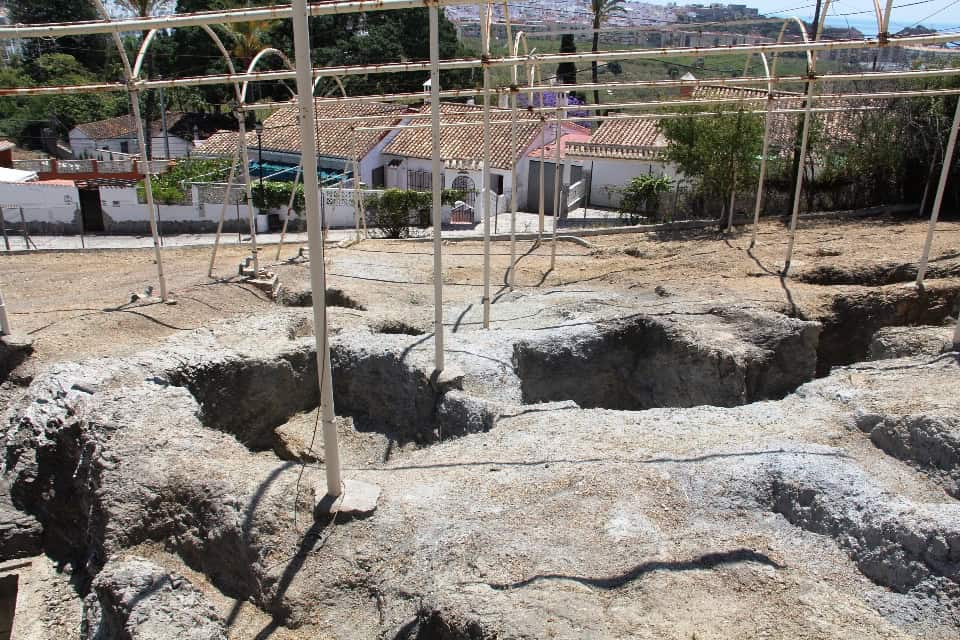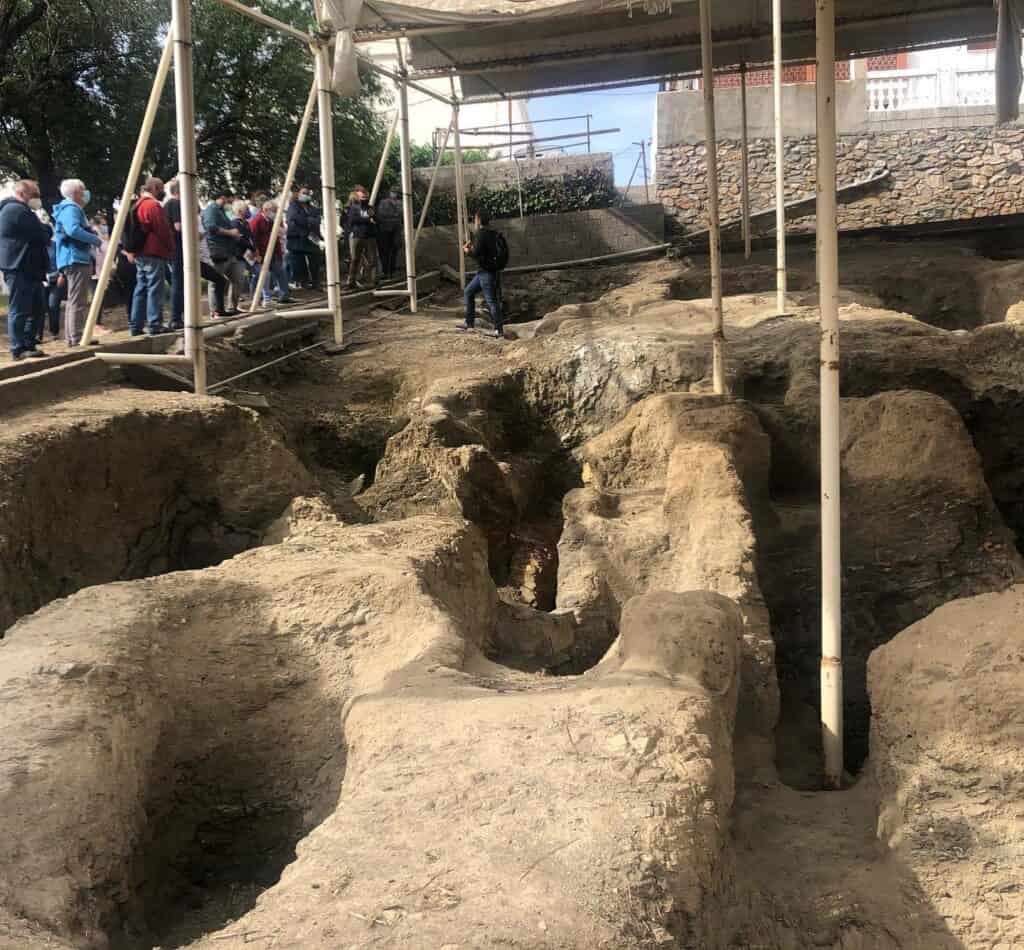- Home
- Listings
- Things To See & Do
- Car Hire
- News
- Properties
- What’s On
 ES
ES
Phoenician Necropolis of Puente de Noy
The Necropolis of Puente de Noy: A Millennial Treasure
The Phoenician necropolis of Puente de Noy is a unique testament to the ancient history of Almuñécar. This significant archaeological site, one of the three most important in the region alongside the necropolises of Laurita and Cerro Velilla, illustrates the development of the Phoenician colony of Sexi over the centuries. Featuring a wide variety of burial types and grave goods, and spanning a chronological range from the 7th century BC to the 1st century AD, the necropolis provides valuable insights into the customs of the time, mirroring the relationship between the city of the living and the city of the dead.
The Phoenicians: Navigators and Founders of Ex
The Phoenicians, a people originating from the Near East, were renowned in antiquity for their expertise as navigators, traders, and colonizers. In the 8th century BC, they reached the shores of the Iberian Peninsula and established the colony of Sexi, known today as Almuñécar. This strategically located Mediterranean settlement flourished as a hub of trade, particularly excelling in fish salting. Their influence deeply shaped the local culture, leaving a lasting legacy that is still evident today, with sites such as the necropolis of Puente de Noy standing out as remarkable examples.
A Key Archaeological Site in Almuñécar

Situated on a hill west of the Río Seco, just beside to the Instituto de Educación Secundaria Antigua Sexi, the necropolis of Puente de Noy is one of Almuñécar’s most important archaeological sites. Since its discovery in 1979, over 200 tombs containing burial goods, jewelry, and various other artefacts have been uncovered, underscoring the site’s historical and archaeological significance in the region.
The cemetery was in continuous use from the 7th century BC through the 1st century AD, spanning the Roman period. It bears witness to the evolution of burial customs, reflecting both Phoenician traditions and their adaptation during the Roman era.
Funerary Rituals
In Puente de Noy, the burial practices of the Phoenicians reflected a deep spiritual attachment to their beliefs. Their practice of inhumation involved placing bodies in rectangular graves dug out of the rock. The dead were ornamented with jewelllery and surrounded by goods for burial, including food, ostrich eggshells and other symbolic objects. Ceremonies also involved sacrifices, libations, and invocations of Egyptian deities such as Horus and Hathor. These rituals show evidence of the cross-cultural flow that occurred between the Phoenicians and other cultures of the Mediterranean.
An Archaeological Site with Great Potential

Despite its historical significance, the necropolis of Puente de Noy is in need of better conservation. The place does not have adequate visitor services or infrastructure. However, for history and archaeology lovers, it remains a compulsory visit, as it presents a window to the Phoenician-Punic Almuñécar period and its role as a bridge between East and West in antiquity.
Some of the collections in Puente de Noy are currently on exhibition in the Museum of the Cueva de los Siete Palacios.
How to Get to the Necropolis of Puente de Noy
The necropolis of Puente de Noy is located on a hill to the west of the Río Seco, next to the Instituto de Educación Secundaria Antigua Sexi in Almuñécar. It can be accessed by car by driving west from the city centre via the Puerta de Granada street, heading towards the institute. Alternatively, it’s possible to go on foot, taking a path that is quite panoramic, both towards the town and its countryside. While the area doesn’t offer visitors much by way of amenities, a visit to this important archaeological site is well worth the effort.
